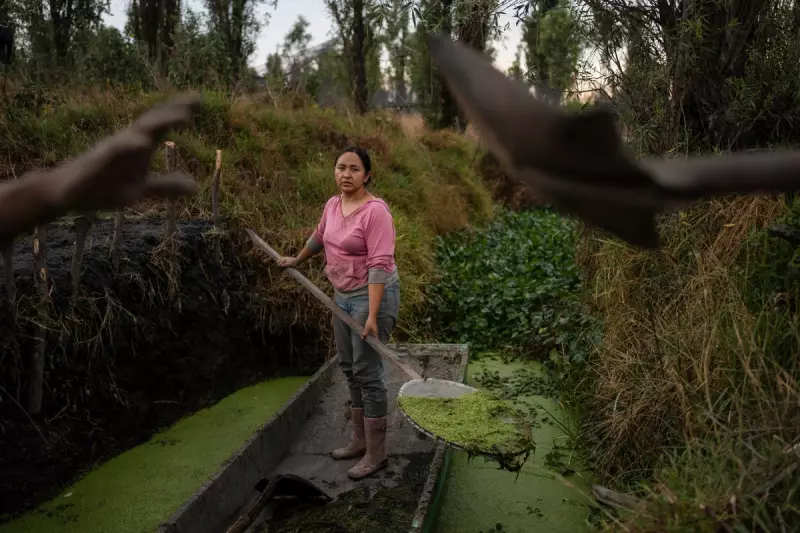
In a stunning revelation that rewrites Mesoamerican history, cutting-edge genetic research has uncovered the true origins of the mighty Aztec civilization. The findings, published in the prestigious journal Nature, trace the Aztecs' ancestors to a remarkable 1,000-mile migration from the arid Mexican deserts.
The Genetic Detective Story
An international team of scientists, led by researchers from the University of Copenhagen, has spent years analysing ancient DNA from human remains across Mexico. Their work represents the most comprehensive genetic study of pre-Columbian populations ever conducted in the region.
The research reveals a previously unknown mass migration that occurred approximately 1,300 years ago, with desert-dwelling populations moving southward into central Mexico. These migrants would eventually establish one of history's most formidable empires.
From Desert Nomads to Empire Builders
"This completely transforms our understanding of Aztec origins," explained Dr. María del Carmen Pérez, lead archaeologist on the project. "For centuries, we believed the Aztecs emerged locally in central Mexico. Now we know their ancestors undertook an epic journey across diverse landscapes."
The genetic evidence shows these desert migrants gradually mixed with existing populations in central Mexico. Over generations, they developed the sophisticated agricultural practices, architectural marvels, and complex social structures that would characterize the Aztec Empire at its peak.
Solving a Centuries-Old Mystery
Historical accounts from Spanish colonizers had long suggested the Aztecs were relative newcomers to the Valley of Mexico when they established their capital, Tenochtitlan, in 1325. However, their precise origins remained shrouded in legend and mystery.
"The Aztecs themselves spoke of coming from a place called Aztlán," noted Dr. Pérez. "While we haven't pinpointed its exact location, our genetic mapping strongly suggests it was in northern Mexico's desert regions."
Broader Implications for American History
The research forms part of a larger project examining ancient DNA across the Americas. In Ecuador, similar genetic studies have revealed unexpected population movements that challenge conventional narratives about how ancient societies developed and interacted.
These findings demonstrate that ancient American civilizations were far more dynamic and interconnected than previously thought, with populations undertaking long-distance migrations that reshaped the cultural and genetic landscape of the continent.
A New Chapter in Archaeological Science
This breakthrough highlights the growing power of genetic archaeology to rewrite historical narratives. By combining DNA analysis with traditional archaeological methods, researchers can now trace population movements with unprecedented precision.
The study opens new avenues for understanding how environmental pressures, social factors, and human ambition drove the formation of great civilizations in the ancient Americas.





